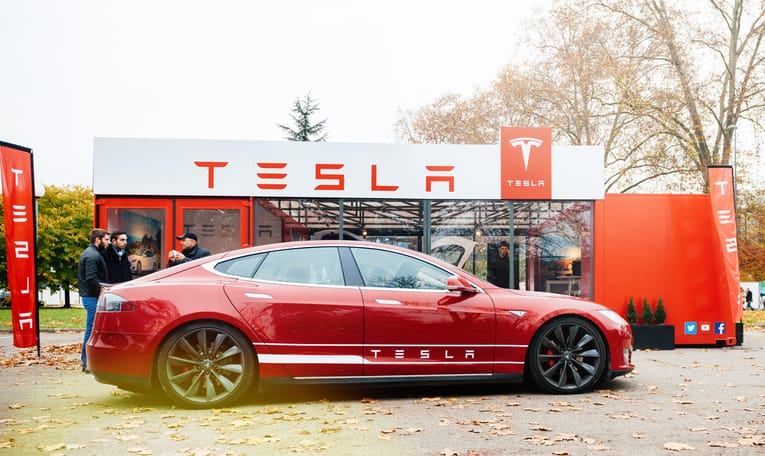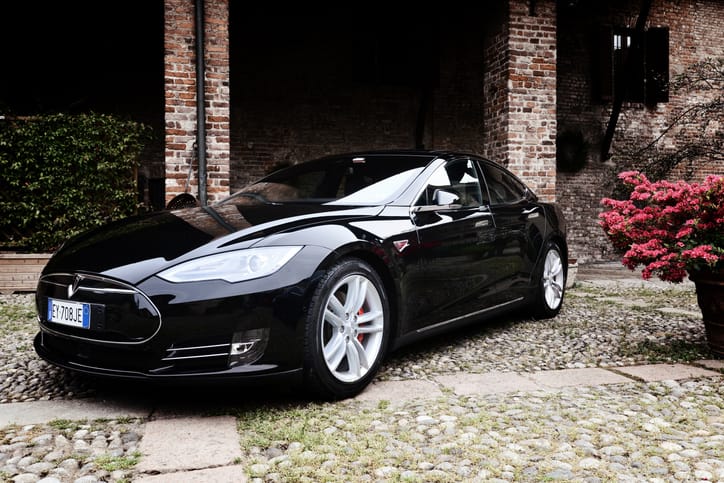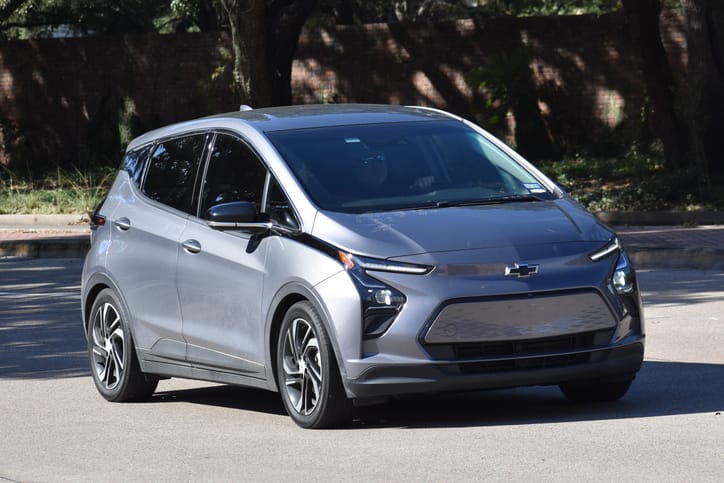The Evolution of Electric Cars: Comparing Early Sparks to Modern Lightning

Electric cars, while seemingly a modern innovation, boast a surprisingly long and fascinating history. They predate gasoline-powered vehicles, experiencing a surge in popularity before fading into the background for much of the 20th century. Today, they're experiencing a remarkable resurgence, driven by technological advancements, environmental concerns, and government initiatives. Let's delve into the evolution of electric cars, comparing the early, rudimentary models to the sleek, high-tech machines of today.
Early Electric Vehicles: A Pioneering Spirit (1820s-1910s)
The concept of electric vehicles (EVs) emerged surprisingly early. In the 1820s and 1830s, inventors like Robert Anderson in Scotland and Ányos Jedlik in Hungary experimented with small-scale electric carriages powered by non-rechargeable batteries. These were rudimentary prototypes, but they laid the groundwork for future developments.
The late 19th and early 20th centuries witnessed a golden age for EVs. Compared to their gasoline-powered counterparts, they offered several advantages. They were quiet, smooth-riding, and didn't require the messy process of hand-cranking an internal combustion engine to start.
Examples of Early EVs:
- Baker Electric (1890s-1910s): Produced by the Baker Electric Vehicle Company in Ohio, these luxurious electric cars were popular among women drivers due to their ease of operation. They offered a range of 30-40 miles (48-64 km) on a single charge, perfect for city commutes.
- Detroit Electric (1900-1939): Another prominent American brand, Detroit Electric offered a range of electric vehicles, including sedans, coupes, and even delivery vans. Their top speed could reach 20 mph (32 km/h), making them suitable for leisurely drives.
Despite their initial advantages, early EVs faced significant limitations. Battery technology was primitive, offering limited range and long charging times. Additionally, the discovery of vast oil reserves and the invention of the electric starter for gasoline engines made gasoline-powered cars a more practical and affordable option for many.
The Decline and Rebirth of EVs (1920s-2000s)
By the mid-20th century, EVs had largely vanished from the mainstream market. The dominance of gasoline cars continued for decades, fueled by extensive infrastructure for refueling stations and the convenience of internal combustion engines.
However, the seeds for a revival were sown in the latter half of the 20th century. Concerns about air pollution, particularly in the wake of the 1973 oil crisis, prompted renewed interest in EVs. Additionally, advancements in battery technology, particularly the development of sealed lead-acid and nickel-metal hydride batteries, offered increased range and efficiency.
A Turning Point: The Dawn of Modern EVs (1990s-Present)
The late 1990s marked a turning point for electric cars. In 1997, Toyota introduced the Prius, a hybrid electric vehicle that combined an electric motor with a gasoline engine. This technology offered improved fuel efficiency and lower emissions, paving the way for a new generation of EVs.
The year 2010 witnessed a watershed moment with the launch of the Nissan Leaf, the first mass-market, fully electric car with a range exceeding 100 miles (160 km) on a single charge. This practical and affordable option sparked consumer interest and signaled a new era for EVs.
Examples of Modern EVs:
- Tesla Model S (2012-Present): Launched in 2012, the Tesla Model S redefined expectations for electric cars. It offered a luxurious driving experience, exceptional performance with 0-60 mph acceleration in under 3 seconds, and a range exceeding 250 miles (400 km).

- Chevrolet Bolt EV (2016-Present): This mass-market electric car by Chevrolet provides a practical and affordable option. It boasts a range of over 250 miles and spacious interiors, making it suitable for everyday driving.

A Look at the Key Differences:
The evolution of EVs is evident in several key areas:
- Range: Early EVs had a limited range of only a few miles. Modern EVs can travel significantly farther, with some exceeding 300 miles on a single charge.
- Battery Technology: Early EVs relied on primitive battery technology, leading to long charging times and limited range. Modern EVs utilize lithium-ion batteries, offering faster charging times, higher energy density, and longer lifespans.
- Performance: Early EVs were primarily designed for short, leisurely commutes. Modern EVs can deliver impressive performance, with some accelerating from 0-60 mph in under 3 seconds, rivaling high-performance gasoline cars.
- Charging Infrastructure: Early EVs relied on rudimentary charging solutions, often requiring hours to recharge. Modern EVs benefit from a growing network of charging stations, including fast-charging options that can significantly reduce charging times.
- Environmental Impact: Early EVs, while cleaner than gasoline cars in terms of tailpipe emissions, still relied on electricity generation from fossil fuels. Modern EVs, when charged with renewable energy sources, offer a significantly lower carbon footprint.
The Road Ahead: A Brighter Future for EVs
The evolution of electric cars is far from over. Battery technology is constantly improving, promising even longer ranges and faster charging times. Additionally, research into solid-state batteries holds the potential for a revolutionary leap in energy density and charging speeds.
Government incentives and infrastructure investments are further accelerating the adoption of EVs. Many countries offer tax breaks, rebates, and subsidies for EV purchases, while also investing in expanding charging networks.
The future of transportation seems increasingly electric. As technology advances, EVs are poised to become not just a viable alternative, but the preferred choice for many drivers. They offer a combination of environmental responsibility, superior performance, and increasing practicality, making them an attractive proposition for a sustainable future.
Looking Back, Moving Forward
The journey of electric cars is a testament to human ingenuity and adaptation. From the rudimentary prototypes of the 19th century to the sleek, high-tech machines of today, EVs have come a long way. As we move forward, the continued development of battery technology, charging infrastructure, and government support will be crucial in shaping the future of electric mobility. The spark of innovation that ignited the electric car's journey in its early days is now a powerful current, propelling us towards a cleaner and more sustainable transportation landscape.
